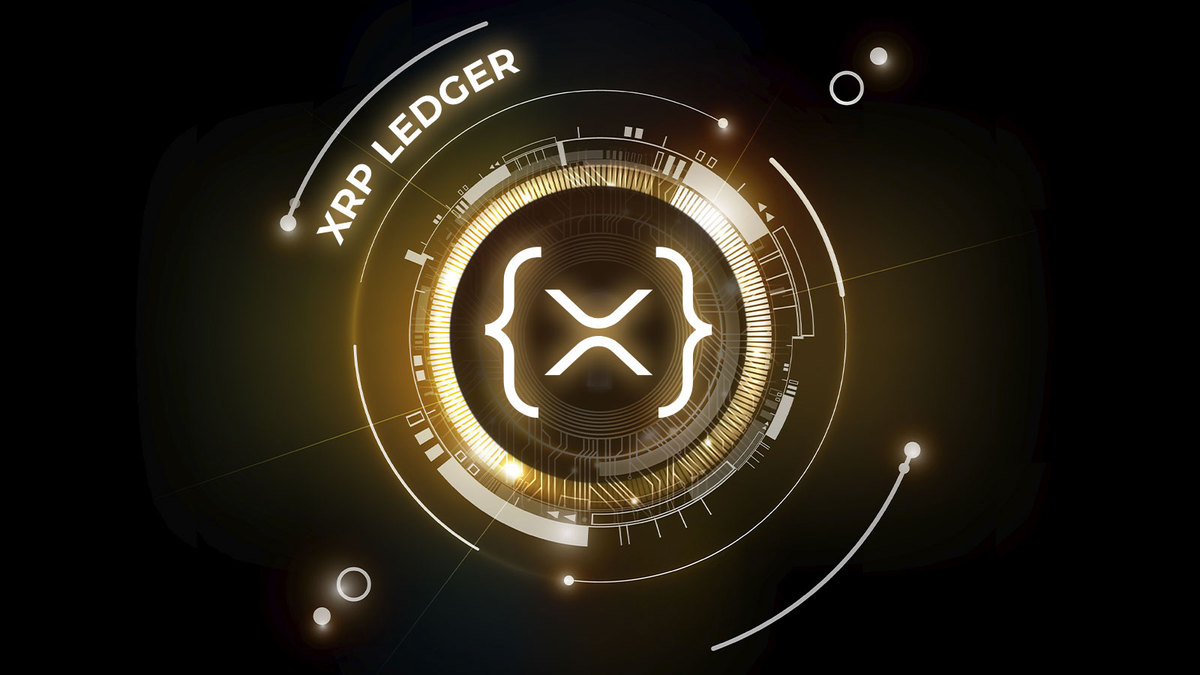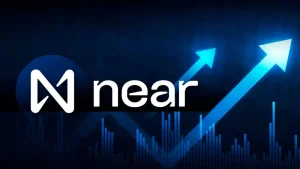The XRP Ledger just addressed a major network issue with a fix that will impact network load among node operators
The XRP Ledger (XRPL) is getting a significant upgrade to fix a crucial issue that has impacted the network. The problem stemmed from the failure of Full History (FH) nodes, a key component in maintaining the ledger’s transparency and decentralization. These nodes encountered issues due to a restriction in SQLite, a database management system used within the nodes.
Rippled 2.2.3 Release is Now Ready for Installation
Specifically, the limitation arose from SQLite’s page sizing, which hindered the nodes’ ability to handle large volumes of transactions.
According to Vet, an XRPL dUNL validator on X, the XRPL Foundation moved quickly to develop and implement a fix. The fix was integrated into the official rippled release 2.2.3, which is open for installation.
The fix for #XRP Ledger Full History Servers is merged in an official rippled release of the XRPLF Repository – rippled 2.2.3 and available for installation. pic.twitter.com/Owpd6xPEHx
— Vet 🏴☠️ (@Vet_X0) September 15, 2024
With the release of rippled 2.2.3, node operators are encouraged to install the update to ensure optimal performance. Notably, the release is fully recommended for FH servers using a page size 4096. Also, validators can continue running the 2.2.2 version or update to the new 2.2.3. This is because the latest update has little or no changes.
Significant changes were made, including doubling the page count to ensure that FH nodes continue to store new data. Additionally, FH nodes will be able to expand history. In another post, XRP Cafe founder xrpl Adam affirmed that the issue had no negative impact on the network’s health.
He also highlighted some other facts regarding the fix. Meanwhile, the upgrade resolves existing issues and prepares the XRP Ledger for future growth amid a growing social charter.
RippleX Unveils XRPL Testnet Reset
Last month, RippleX, the development arm of the blockchain-based digital payment protocol Ripple Labs, reset the XRPL testnet. As announced, the reset took around 15 minutes when the testnet was temporarily unavailable.
The main objective of this reset is to improve the general stability of the testnet. It will also lower the operational expenses linked to operating a test node. Notably, this is essential for upholding a strong and effective testing environment for developers working on the XRPL.
Disclaimer: The information provided in this article is for informational purposes only. It does not constitute investment, financial, trading, or any other sort of advice. You should not treat any of BGECrypto’s content as such. BGEcrypto does not recommend that any cryptocurrency should be bought, sold, or held by you. Do your due diligence and consult your financial advisor before making any investment decisions.
























